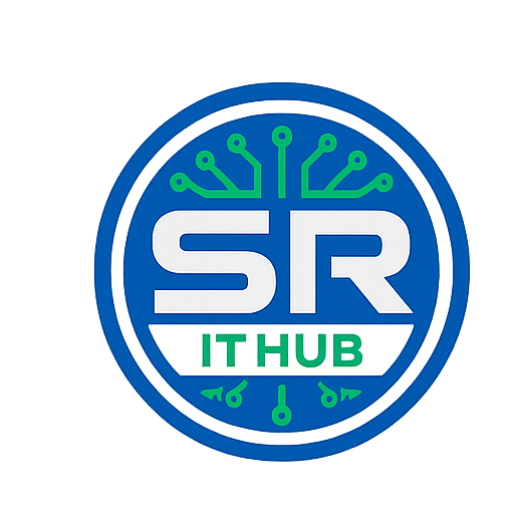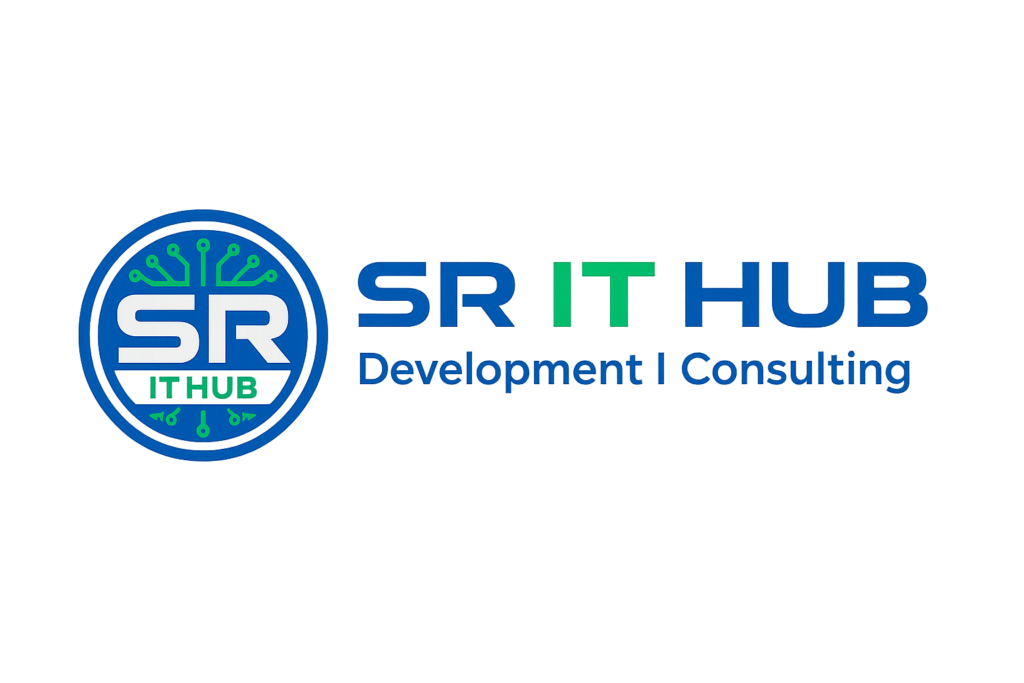abstract
Despite rapid advancements in retail in the form of e-commerce, the brick and mortar side of the experience remains lack luster. One of the difficulties faced by the consumers is to follow the tedious queue through the billing process which often takes more time than picking up the products itself. Though the intent is to buy only a couple of products, waiting to bill the products consumes time and is a cause of inconvenience and lost productivity. The project aims to develop a system that can be used in supermarkets to automate the billing process and reduce waiting time. All the trolleys will consist of a connection of a barcode scanner, load cell, LCD, and a pi cam, which are integrated by Raspberry Pi and Arduino. To prevent malpractice, once the barcode is scanned by the customer, it is placed on the load cell to verify the weight of the product from the external database. Once the customer is done shopping, he/she can view the products on the display and make the payment using the inbuilt payment mechanisms. A customer-facing mobile app is also provided which provides purchase history and usage patterns for future convenience by using recommendation systems. Another novel feature of this product is that it uses ultrasonic sensors to gauge the presence of the customer in front of the shopping trolley and follows him/her accordingly
.EXISTING SYSTEM :
In this contraption, when a product is put in the trolley, it is scanned and the cost and name of the product will be displayed. The total cost of all the items will be added to the final tally, which will be stored in the system server. The data about the items in the cart is transferred using Zigbee to the computer. The disadvantage of the system is that distance becomes a barrier. Additionally, it is not feasible to attach RFID tags to each product in the store as the costs would skyrocket. Moving forward, in [2] M. R. Sawant, K. Krishnan, S. Bhokre, and P. Bhosale, ”The RFID based smart shopping cart”. The authors have created a system which consists of RFID apparatus, namely a reader and a tag. When the customer puts any product in the trolley its code is detected and the price of those products stored in the server as we put the product the cost gets added to the final tally. The product name and its cost is displayed on the LCD. At the cashiers counter, the total bill is transferred by wireless radio frequency module. The limitation of this project is that after completion of purchases a button is pressed indicating the final list of all the products. After pressing the key can’t add or remove the products. Moreover, after all the shopping, the customer still has to go to the cashier’s counter to pay. Hence, one of the main problems which are to eliminate the queue at the counter persists. Furthermore, in [3] Ms. Vrinda, Niharika, ”Yadav in the year 2014 proposed RFID Based Automatic Billing Trolley. This paper proposed a system that will be placed in all the trolleys. It will consist of an RFID reader. All the products in the mall will be equipped with RFID tags. When a person puts any products in the trolley, its code will be detected and the price of those products will be stored in memory. As we put the products, the costs will get added to the total bill. Thus the billing will be done in the trolley itself hence it is an improvement from the previously mentioned paper. The item name and its cost will be Novel Model for Automating Purchases using Intelligent Cart”, the authors provide a novel model for Automating Purchases using Intelligent Cart where This paper provides an idea of LCD used for offers, discount, and the total bill. Galande Jayshree, Rutuja Gholap, Preeti displayed on LCD. Also, the product name and its price can be proclaimed using a headset. At the billing counter, the total tally will be transferred via wireless radio frequency modules. To generalize and summarize, in the prevailing system, the customers are required to manually move the cart around the store and once the shopping is done, the cart is moved to the cashier’s counter where each product is scanned one after the other and the final receipt is generated. Needless to say, this scenario is dated, cumbersome, and inconvenient. To counter this, a few alternative prototype systems have emerged, but here, the authors demonstrate only one part of the system which is the purchase. Most of the existing systems do not mention any payment mechanism. They only focus on the purchase side. A significant portion of such solutions relies on the usage of RFID tags and ZigBee connections. This is not feasible at a large scale as the cost will escalate beyond the scope of the store.
PROPOSED SYSTEM :
The proposed system is a more feasible and elegant solution since it incorporates the pre-existing bar code for each product into the billing mechanism thereby not using any external components like RFID tags. Furthermore, there are two additional security features in the form of weight sensing and image processing. Once the item passes through all the malpractice detection systems, it gets added to the server. Once the user is done putting in all the required items the PAY button is used to generate a dynamic payment link/ QR code that hosts the total cost of all the items. The user can then pay by going through the link or scanning the QR code. Additionally, the cart is placed on top of a chassis containing ultrasonic sensors with the capability to follow the customer. During future visits, since the users’ purchase history is being recorded, the data can be used to feed a recommender system to suggest an alternative for a better user experience. The above-mentioned features have been illustrated.
SYSTEM REQUIREMENTS
SOFTWARE REQUIREMENTS:
• Programming Language : Python
• Font End Technologies : TKInter/Web(HTML,CSS,JS)
• IDE : Jupyter/Spyder/VS Code
• Operating System : Windows 08/10
HARDWARE REQUIREMENTS:
Processor : Core I3
RAM Capacity : 2 GB
Hard Disk : 250 GB
Monitor : 15″ Color
Mouse : 2 or 3 Button Mouse
Key Board : Windows 08/10

